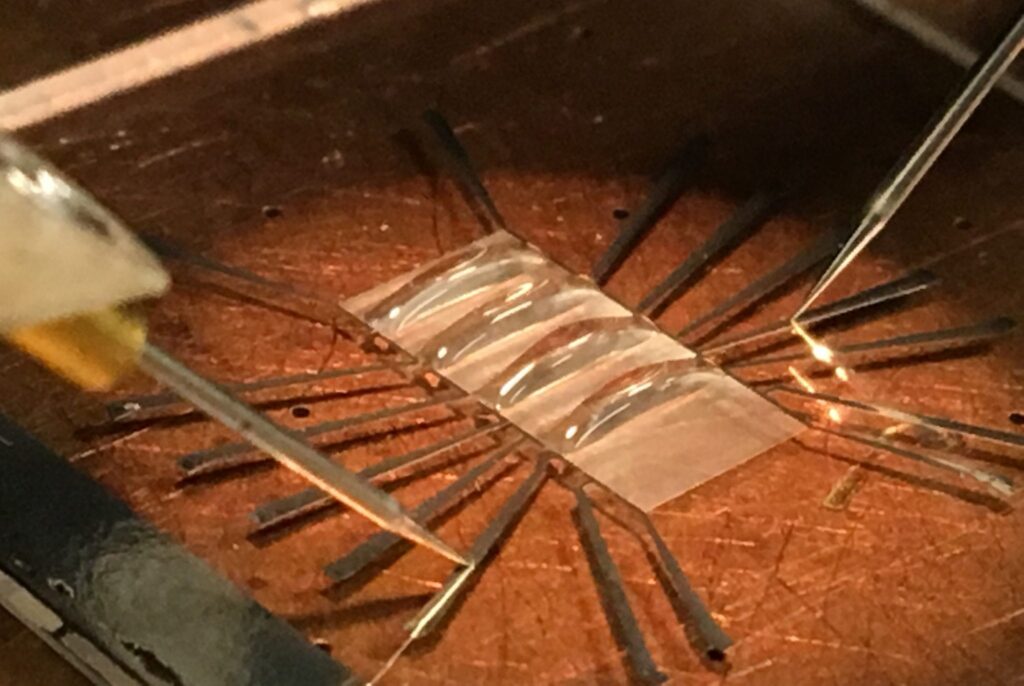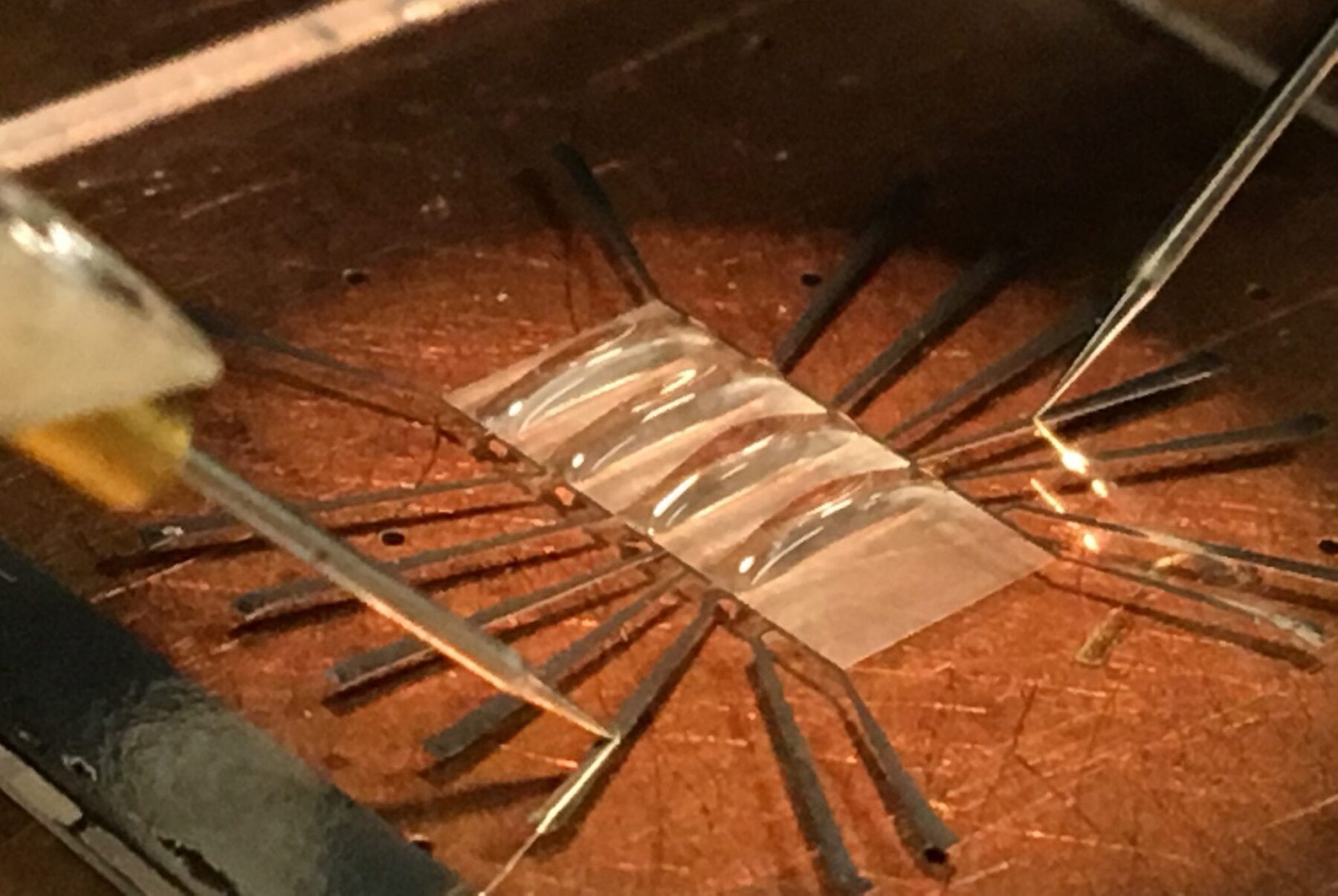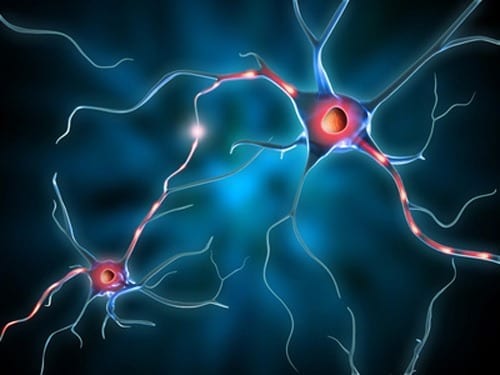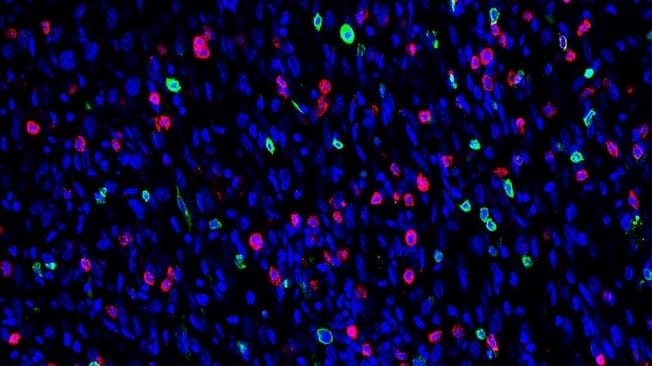
A new type of electronic sensor that might be used to quickly detect and classify bacteria for medical diagnostics and food safety has passed a key hurdle by distinguishing between dead and living bacteria cells.
Conventional laboratory technologies require that samples be cultured for hours or longer to grow enough of the bacteria for identification and analysis, for example, to determine which antibiotic to prescribe. The new approach might be used to create arrays of hundreds of sensors on an electronic chip, each sensor detecting a specific type of bacteria or pinpointing the effectiveness of particular antibiotics within minutes.
“We have taken a step toward this long-term goal by showing how to distinguish between live and dead bacteria,” said Muhammad Ashraful Alam, Purdue University’s Jai N. Gupta Professor of Electrical and Computer Engineering. “This is important because you need to be able to not only detect and identify bacteria, but to determine which antibiotics are effective in killing them.”
Findings are detailed in a research paper appearing this week in Proceedings of the National Academy of Sciences. The paper was authored by doctoral student Aida Ebrahimi and Alam. The droplet sensor evolved from a device originally designed to detect small concentrations of negatively charged DNA molecules in research that began about four years ago, Ebrahimi said.
“We did not anticipate that the sensor could be used to tell live and dead bacteria apart – it was a chance observation that eventually led us to this elegant way of measuring cell viability,” she said.
As described in the PNAS paper, the sensor works by detecting changes in electrical conductivity in droplets containing bacteria cells. (A YouTube video about the research is available at https://youtu.be/QN019bQJCb8).
“To see if someone is alive,” Alam said, “we can either count the grandchildren many generations later, which is analogous to the traditional growth-based techniques. Or, we can directly measure the person’s pulse, analogous to the proposed ‘osmoregulation-based’ detection of bacteria. Needless to say, immediate physiological measurement is faster and far superior.”
The Latest on: Detect and classify bacteria for medical diagnostics and food safety
[google_news title=”” keyword=”detect and classify bacteria for medical diagnostics and food safety” num_posts=”10″ blurb_length=”0″ show_thumb=”left”]
via Google News
The Latest on: Detect and classify bacteria for medical diagnostics and food safety
- Food Safety Newson May 5, 2024 at 5:00 am
The Food and Drug Administration continues using import alerts to enforce U.S. food safety regulations for ... can become contaminated with harmful bacteria, such as Campylobacter if a cow has ...
- Food Recallson May 3, 2024 at 5:00 am
Of 70 consumer-level recalls in 2023, 26 were due to allergens. Milk caused the most with 12, said New Zealand Food Safety. The USDA’s Food Safety and Inspection Service (FSIS) is issuing a ...
- How AI-Driven Diagnostics Can Save Lives When Humans Can’ton April 28, 2024 at 11:18 am
They can process all sorts of medical imagery, right from MRIs and X-rays to ultrasounds, to detect subtle details ... the fact is visual data-driven AI diagnostics are already making an impact ...
- Medical Emergencieson April 17, 2024 at 5:00 pm
Vaping and e-cigarette use threatens student health and academic achievement and is draining precious school resources. Here’s how human interventions and technologies can help address the problem.
- Dangerous Bacteria Actively Seek Out Human Blood, Scientists Discoveron April 17, 2024 at 5:00 pm
Scientists have found evidence that certain disease-causing bacteria, including strains of Escherichia coli, are chemically attracted to the serum in our blood as a source of food. The horrifying ...
- Roving modern lab for food safety launchedon April 16, 2024 at 5:01 pm
TO guarantee that plant-based foods are safe for human consumption, a modern Mobile Plant Food Safety Laboratory was ... they are enough to detect the worst cases of contamination, allowing ...
- Foodborne Bacteria Have 'Vampiric' Lust for Bloodon April 16, 2024 at 11:02 am
"By learning how these bacteria are able to detect sources of blood, in the future we could develop new drugs that block this ability," Glenn said in a statement. "These medicines could improve ...
- Deadly bacteria show thirst for human blood: Research outlines the phenomenon of bacterial vampirismon April 16, 2024 at 7:06 am
A team led by Washington State University researchers has found the bacteria are attracted to the liquid part of blood, or serum, which contains nutrients the bacteria can use as food. One of the ...
- Medical Surveillance in Occupational Health & Safety – Special Focus on Constructionon April 11, 2024 at 1:00 pm
Medical screening is a complementary activity that is designed to detect early signs of work-related ... s National Institute for Occupational Safety and Health (NIOSH) since 1992 in several ...
- Medical Monday: Bird flu case update, plus safety tips for solar eclipse viewingon April 8, 2024 at 9:46 am
Fox News medical contributor Dr. Marc Siegel sat down with "Fox and Friends" on Monday, mentioning that he spoke with CDC Director Mandy Cohen, who assured him that this bird flu case is treatable.
via Bing News











